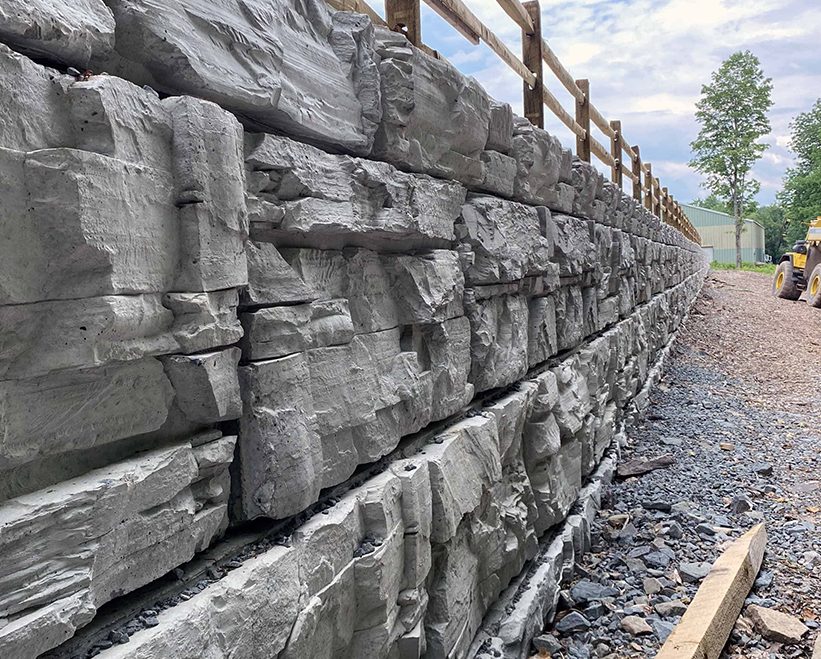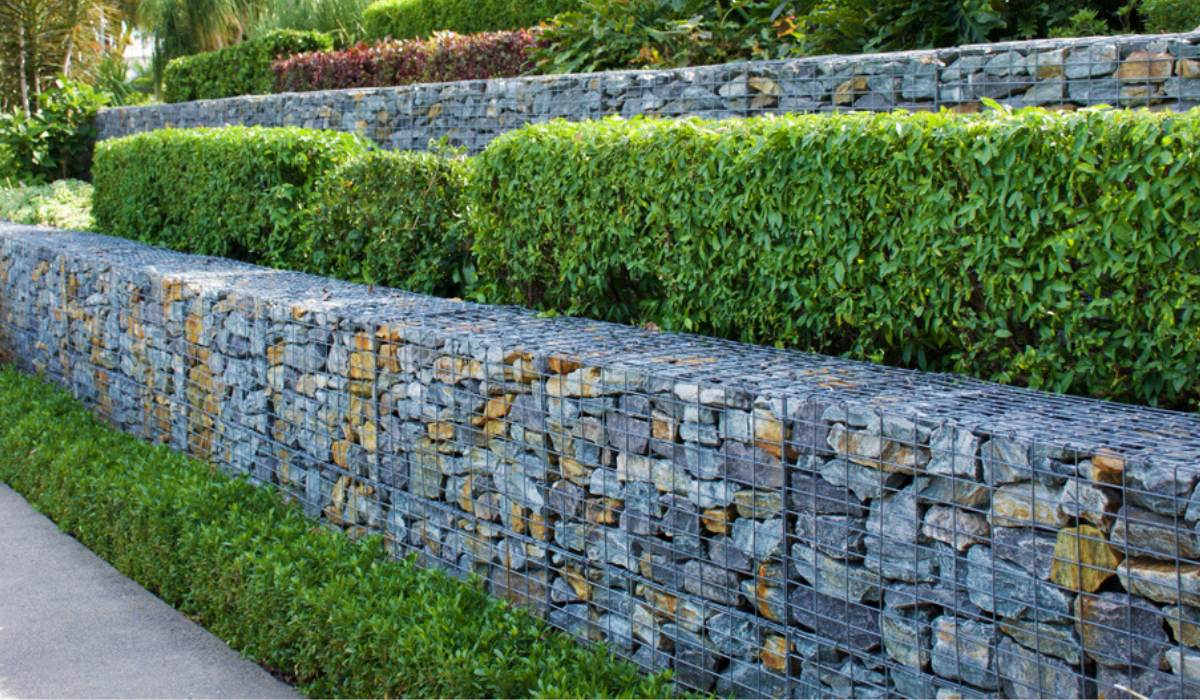15 Secretly Funny People Working in RETAINING WALLS ADELAIDE

Content
- Popular Types of Wood used in the Construction Industry - FLETCHERS RETAINING WALLS
- Why You Should Consider A Two-In-One Landscape Design - RETAINING WALLS ADELAIDE
- View Our Retaining Wall Inspiration Gallery - SA
- Retaining Walls Provide Stability - RETAINING WALLS ADELAIDE
- Retaining Walls - FLETCHERS RETAINING WALLS
Popular Types of Wood used in the Construction Industry - FLETCHERS RETAINING WALLS
Preserving wall surfaces are structures constructed to hold back soil, rock, or various other materials and also avoid them from wearing down or falling down. They are commonly utilized in landscaping as well as building to produce level areas, protect against landslides, and also offer security to sloping surface. Retaining walls can be constructed from different products, such as concrete, rock, block, or timber, and be available in different styles and designs. In this post, we will certainly review the advantages of keeping walls, the different kinds of preserving wall surfaces, and also the variables to consider when building a retaining wall. Advantages of Retaining Walls: Retaining wall surfaces give numerous advantages, including: Prevent soil disintegration: Maintaining walls keep back soil and also stop it from deteriorating or collapsing, which can shield the surrounding setting and avoid damages to home. Create degree areas: Keeping walls can be made use of to create degree areas on sloping surface, offering additional useful area for landscape design or building.
Boost landscape style: Preserving wall surfaces can include aesthetic rate of interest and also dimension to a landscape, developing chances for growing or attractive functions. Decrease upkeep: Retaining walls can help in reducing upkeep by protecting against dirt disintegration and also protecting the surrounding landscape from damage. Offer stability: Keeping walls can offer security to sloping surface, protecting against landslides or various other dirt activities that can be hazardous or damaging. Kinds Of Maintaining Wall Surfaces: There are numerous sorts of maintaining wall surfaces, each with its special functions as well as benefits. One of the most typical types of retaining wall surfaces are: Gravity Preserving Wall Surfaces: Gravity keeping walls rely on their weight and also the weight of the product they hold back to offer stability. They are constructed from hefty materials, such as concrete, rock, or block, and are normally broader at the base than at the top to provide extra stability.
- Second, erosion can present safety concerns on steep slopes where rushing water may actually impede traffic or even destroy the land.
- A retaining wall can designate a shift of function within an outdoor feature such as a patio.
- By using a retaining wall near a border or slope, you provide leveled surfaces on inclined planes.
- Well-designed brick retaining wall can serve dual purpose – it can provide an outer shelf for plants and can also be utilized for picnic supplies or yard games.
- Such walls intensify an aesthetic appeal to the structure and its surrounding.
- Erosion is particularly concerning in areas without trees or shrubs extending their roots into the soil.
- Depending on the slope and grade of a landscape, water may pool and even flood certain areas.
- This makes retaining walls all the more important, especially if your landscape does not feature a lot of trees and shrubs to hold the soil in place.
- Regardless of materials, retaining walls achieve the result of creating terracing in a sloped area and holding soil in place.
- There are a number of benefits to having a retaining wall, ranging from reducing soil erosion to increasing your property value.
- We are a local and family-owned landscaping company offering a variety of landscape services, from new installations and complete renovations, to simple improvements.
- We have the resources, experience, and expertise to help you create and maintain your property in excellent condition.

Cantilever Retaining Walls: Cantilever maintaining walls make use of a strengthened concrete slab or light beam to hold back the product they support. They are designed to transfer the weight of the product to a solid ground, producing a counterbalance to the product's weight. Sheet Pile Preserving Walls: Sheet stack preserving walls utilize interlacing steel, concrete, or wood sheets to keep back the product they sustain. They are typically used in areas with minimal area or where excavation is hard. Secured Retaining Wall Surfaces: Secured maintaining walls utilize cords or rods anchored to the material they support to provide additional stability. They are generally used in areas with high soil stress or where the product being supported is particularly heavy.
View Our Retaining Wall Inspiration Gallery - RETAINING WALLS ADELAIDE
Factors to Consider When Structure a Retaining Wall: When constructing a maintaining wall surface, a number of factors require to be taken into consideration to guarantee its stability and long life. One of the most essential factors to take into consideration consist of: Soil Problems: The dirt problems, such as the kind of dirt, wetness content, and soil pressure, can influence the style and building and construction of a preserving wall. The soil needs to be examined before building and construction to make sure that the keeping wall surface is built to hold up against the pressure and also weight of the material being kept back. Drainage: Correct drainage is important to avoid water from gathering behind the keeping wall SA surface, which can cause it to stop working. A water drainage system, such as a perforated pipe, must be mounted to enable water to move freely away from the maintaining wall.

Elevation: The elevation of the retaining wall is a vital element to think about, as taller wall surfaces require more significant construction as well as added reinforcement to prevent failure. A professional designer should be consulted when constructing a preserving wall over four feet high. Material: The material made use of to construct the retaining wall surface can impact its security, sturdiness, and also appearance. The material must be picked based on the environment, the material being kept back, and also the desired aesthetic. Style: The design of the keeping wall needs to consider the surrounding environment. Avoid Soil Erosion: One of the primary benefits of keeping walls is their capability to avoid dirt disintegration. They keep back dirt as well as stop it from eroding or collapsing, which can protect the surrounding environment and prevent damage to building. Preserving wall surfaces likewise prevent water drainage from removing the soil, which can create substantial damages to the landscape. Produce Usable Space: Maintaining walls can create additional useful area on sloping terrain. They can be used to level out a sloping backyard, developing a flat location for outside tasks such as barbeques, outdoor eating, or gardening. Retaining wall surfaces can also be utilized to create terraced yards or to support an outdoor patio or deck, offering added space for leisure and also amusement.